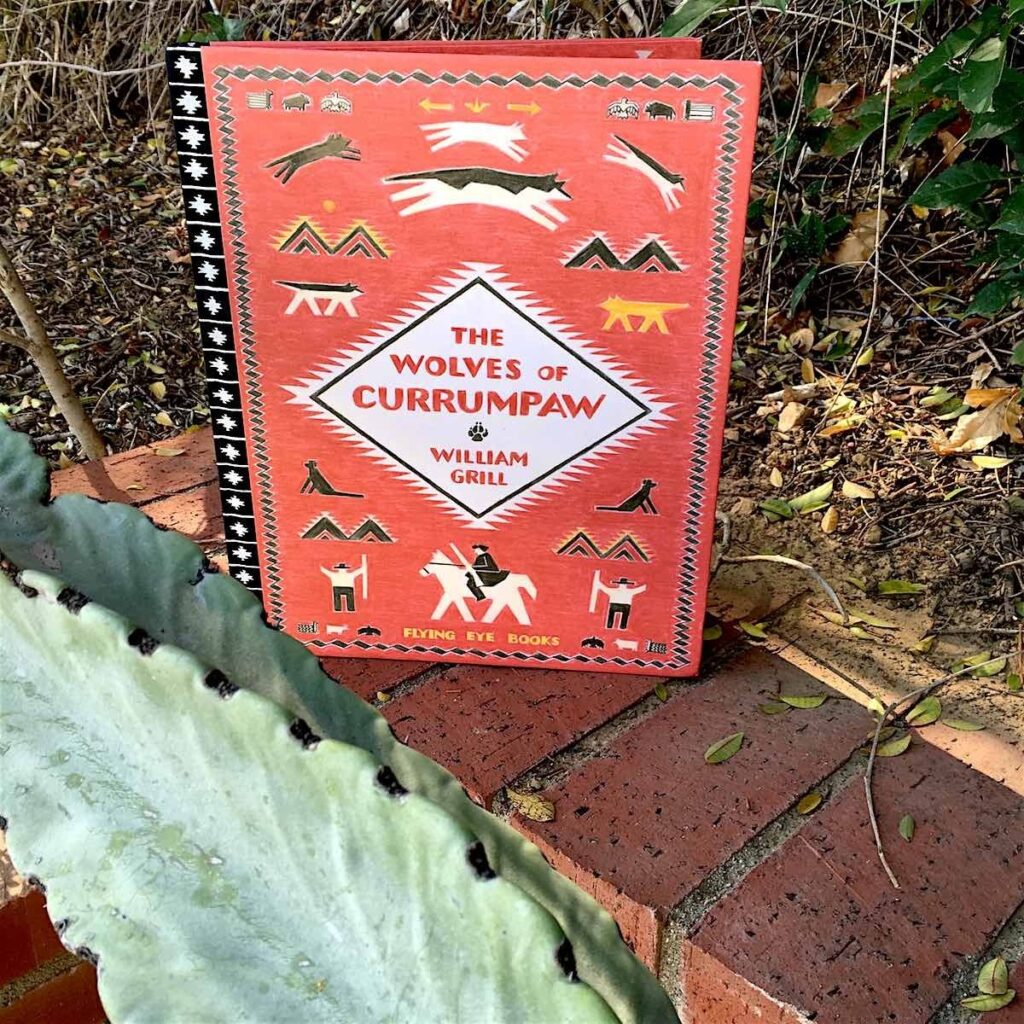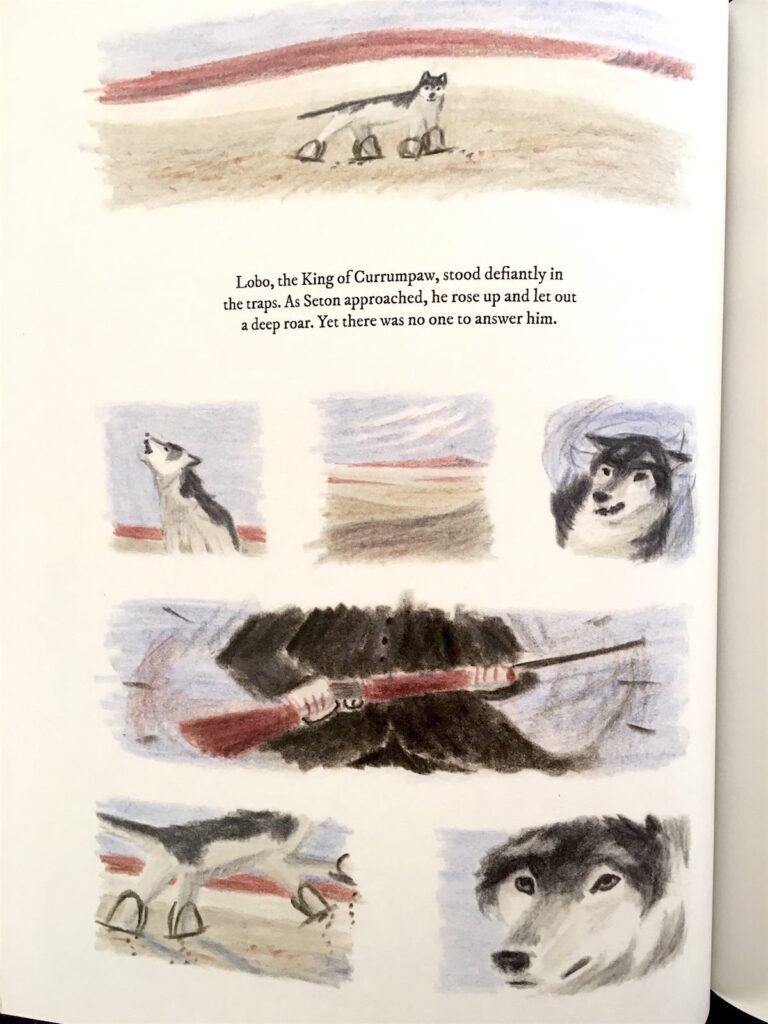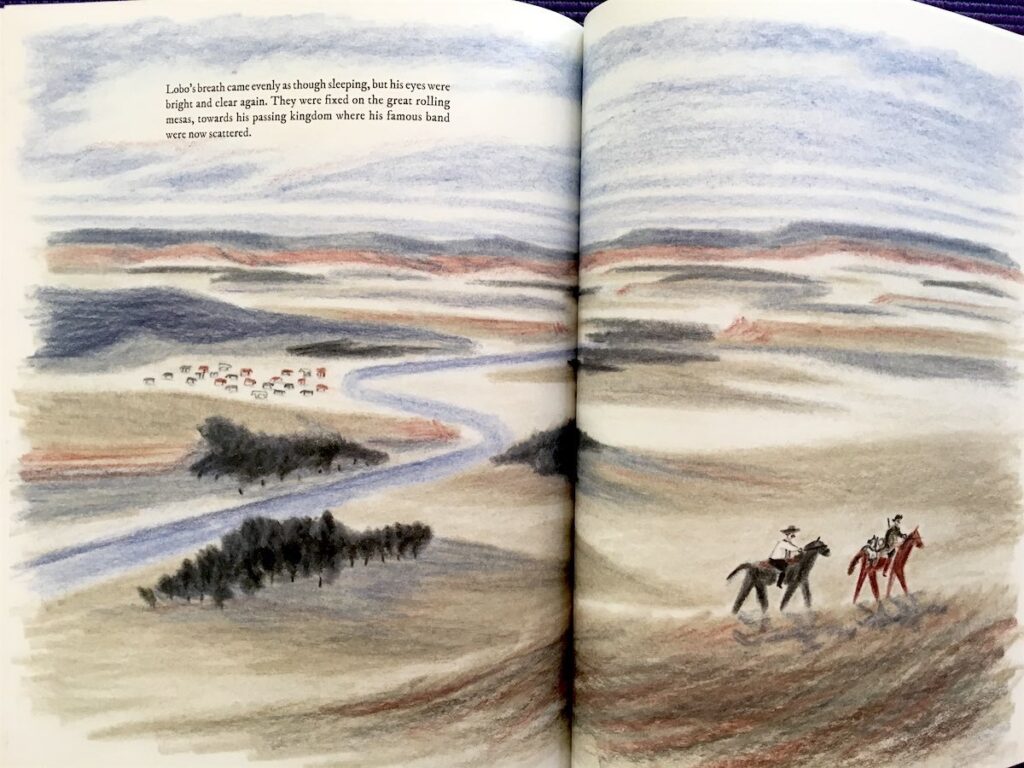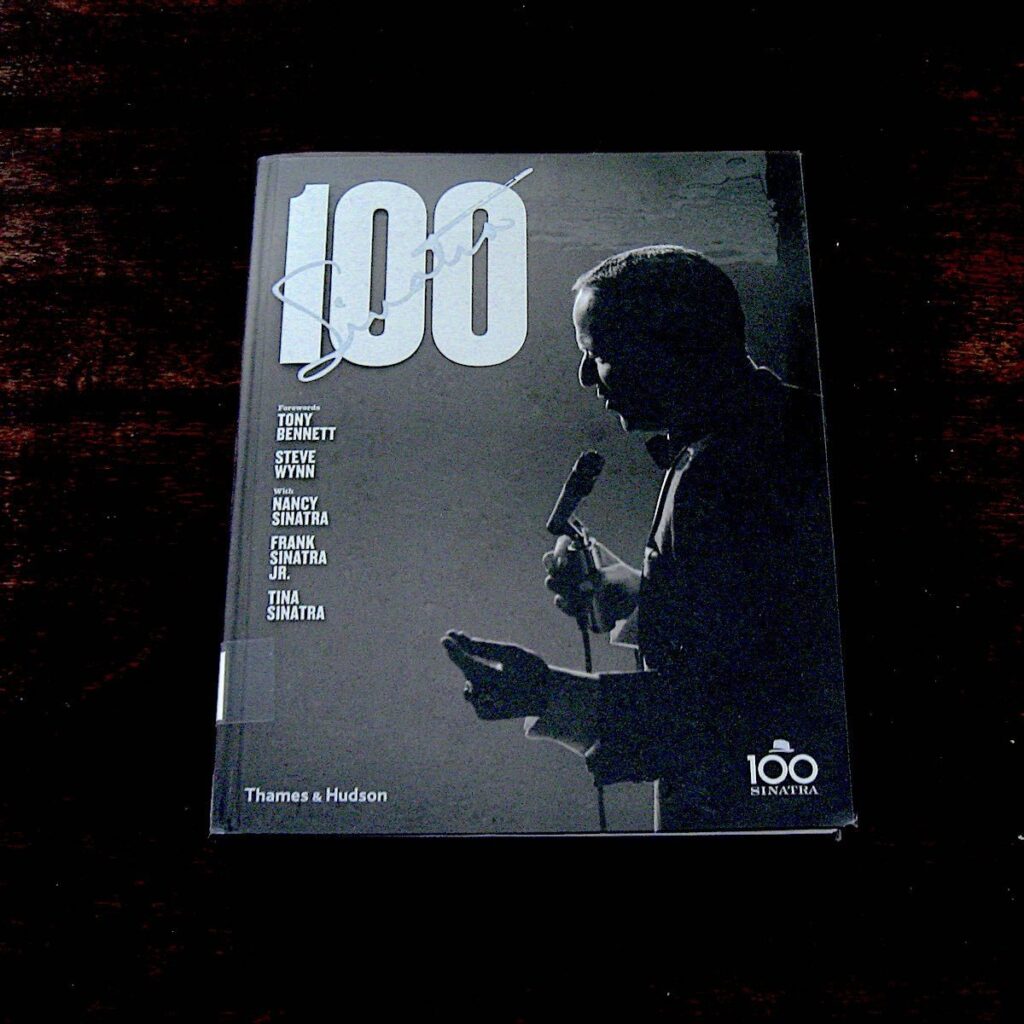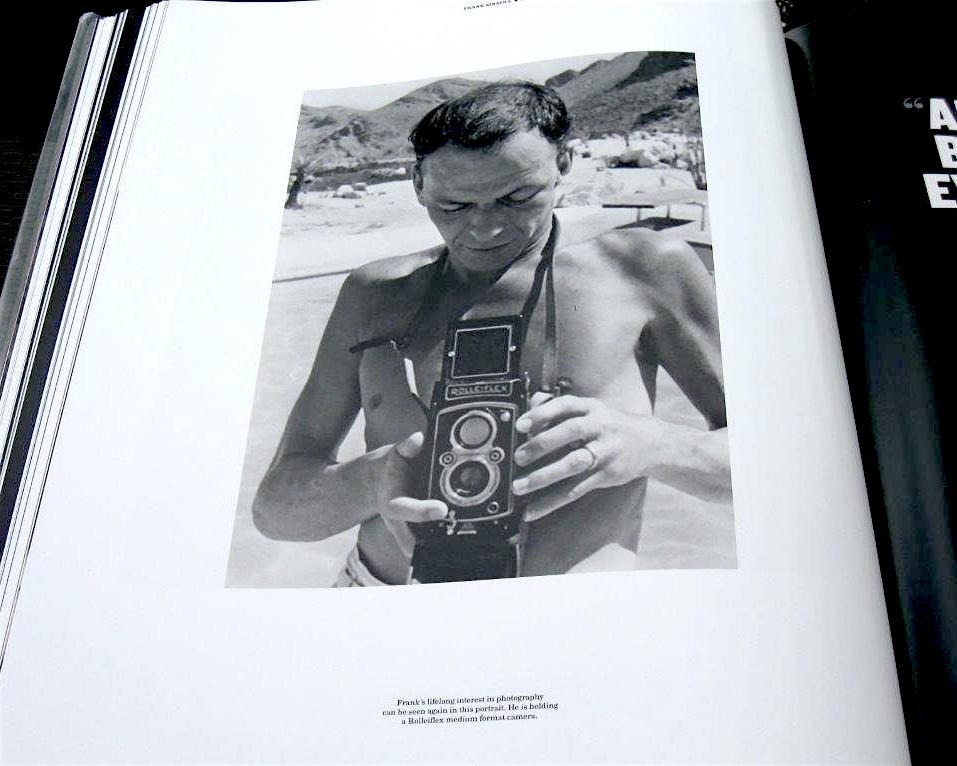The Human Experiment
Two years inside a bottle
The grand experiment known as Biosphere 2 — in which eight people, along with many animals and plants, locked themselves for two years into an optimistically self-sustaining glass dome — has not gotten the credit it deserves. This semi-scientific, semi-theatrical adventure is a vitally important experiment for any long term space venture, and a fantastic lab for planetary studies. The Biosphere 2 trial yielded many insights, both of nature and human nature, but because it was marred by pathological secrecy, personality flaws, and unexpected technical glitches, its achievements were ignored in science and overlooked by the press. I’ve written a lot about the scientific lessons of Biosphere 2, but nothing about the “human experiment” because the insiders were not talking. Now at least one of them is.
The kind of mavericks needed for any wild-eye utopian undertaking are usually remarkable and remarkably flawed. This hairy experiment was no exception. Its large-scale audacity was guaranteed to produce large-scale doses of human drama, which is what eventually filled the Biosphere 2. This book, written by one of the participants, is unflinching in its honesty and does a fair job of recounting the intense two-year journey of the eight inside, and what was learned. Before you set off for the stars, read this.
— KK
The Human Experiment: Two years and twenty minutes inside Biosphere 2
Jane Poynter
2006, 368 pages
$19
Available from Amazon
Sample excerpts:
What confused people all the more was that Biosphere 2’s magic — and possibly its Achilles’ heel — was that it was not conceived as any single thing, making it impossible to pigeonhole. It was a scientific project, a tool for furthering our knowledge of ecosystems and systems ecology. It was an artistic expression in its extraordinary architecture. It was business enterprise, meant to make money from spin-off technologies and later, tourism. It was an educational tool to inspire people of all ages. And it was an engineering project, developing a prototype for long-duration, self-sustaining space bases. If you ask twenty people who were part of the project what the aim of it was, you would receive close to twenty different responses.
So, the question remains, were we a cult?
The real difficulty in honestly answering that question lies in the definition of cult. The meaning is so diffuse that it is nearly useless. However, the predominant flavor of the word is pejorative, which I wholeheartedly reject. Those who study cults today make a clear distinction between dangerous cults and other forms of tight-knit groups that can include corporations.
Some of the common denominators between definitions of cults did fit our group. There is usually a domineering charismatic leader, a sense of isolationism, and a central ideal. John had been our unquestioned leader and was increasingly authoritarian. Before coming to Biosphere 2, I had seen John only a few times each year on his rounds through each IE project. He could be mean and humiliating, but he was also funny and inspiring. But now John remained at Biosphere 2 most of the time. His grip on the group tightened with every piece of bad news.
The isolationist attitude was particularly acute toward people who questioned our way of life. Our central ideal was the way of life itself. But I can say unequivocally that we were not a cult if the definition includes brainwashing and loss of individuality. And we certainly were not a cult based on G. I. Gurdjieff — an early-twentieth-century American mystic with followers in Europe and America — as some claimed who heard that we read some of his works.
*
Here I am showing off newborn triplet goats. Vision, the goat in the foreground, was one of four female African pigmy goats. Along with a male goat, Buffalo Bill, chickens and pigs also ran around the animal bay.*
Ten months after Closure, the four of Us would huddle at one end of the dining table for lunch, and the four of Them would either leave and eat elsewhere, or crowd together at the other end of the table. Sit-down dinners gave way to people grabbing their food and running to their rooms. One afternoon, Taber and I were walking along the hallway to the dining room. Gaie and Laser were walking towards us. As we passed them we hugged the wall, and averted our eyes. So did they. That was the way it was for the remaining fourteen months. We never looked each other in the face again.
*
Natural savannahs have herds of bison or antelope that eat the grass. In our Savannah, humans armed with sickles were the bison. We cut clumps of dried grass, handful by handful, dropping it down an elevator shaft to the basement where we stacked it. This was our carbon storage system, our carbon bank. We would save up carbon in the basement in the winter, then release it back into the atmosphere in the summer through composting. It was hard work, but we were resolute. No errant carbon dioxide molecule was going to prevent us from completing our two-year mission.
*
We had been hungry from the day we entered, even after meals. This was partially because, unlike most Americans who obtain far more than the recommended 30 percent of their calories from fat, we were barely getting enough at 10 percent of our caloric intake. High-fat foods are more satisfying than low fat, in part because it takes longer to digest fat than other types of macronutrients, and because fat contains more than twice as much energy per gram as carbohydrates or protein.
The other reason we were hungry was that we weren’t eating much for the work we were doing. We received all the vitamins, minerals, and amino acids we needed, but we were only consuming, on average, 1,780 calories per person per day, while performing hours of demanding physical labor. We based the amount of food we ate on how much we had in storage, and what we expected to harvest over the next few months.
*
Despite the continual hunger of the past two years, our Agriculture had proven much more productive than the most efficient tropical farms, which can support around three people per acre. We could have comfortably supported seven people on our half-acre farm, more than four times as many as the best farms could feed. Photon for photon, our Agriculture was only 6 percent less productive than NASA’s highly efficient space systems.
01/3/07





